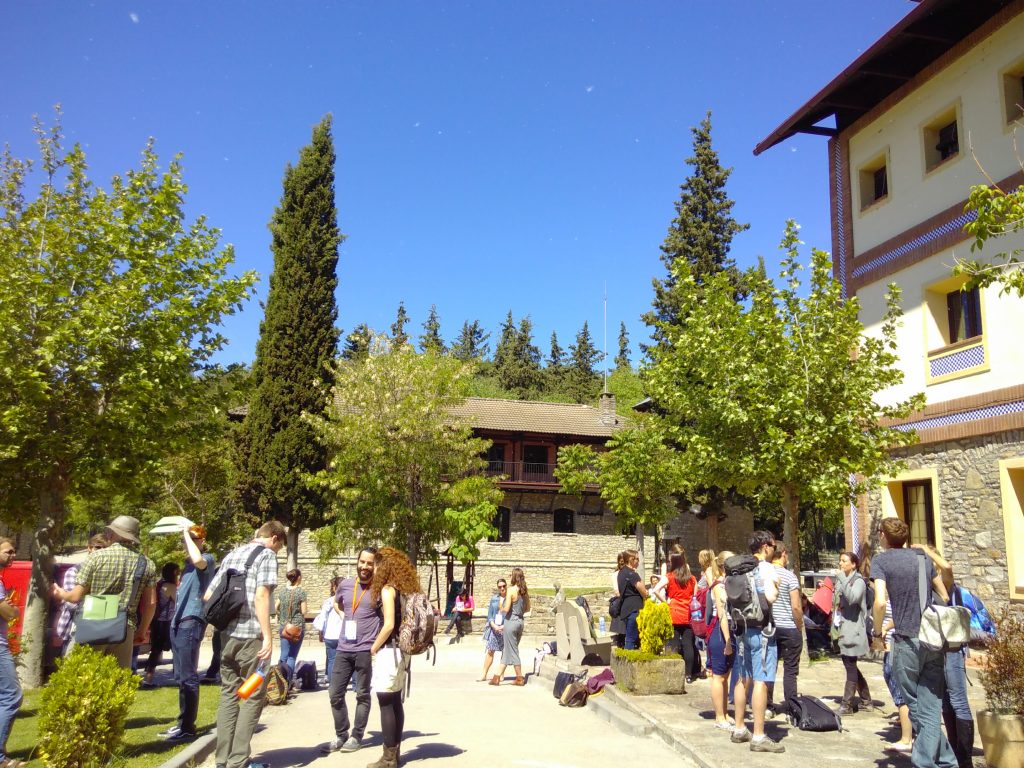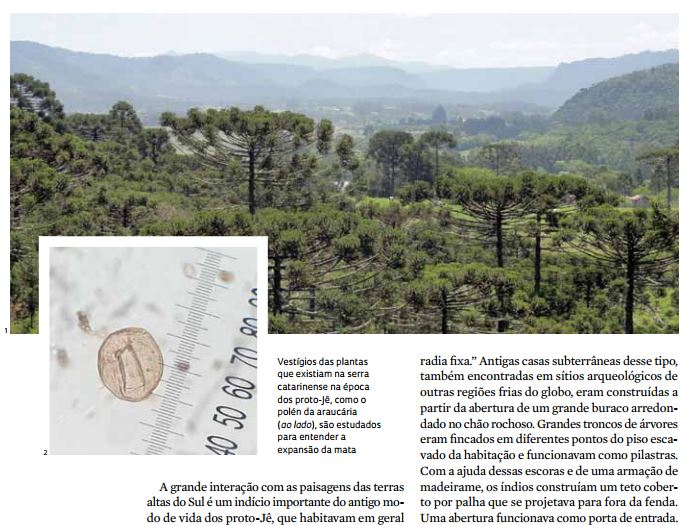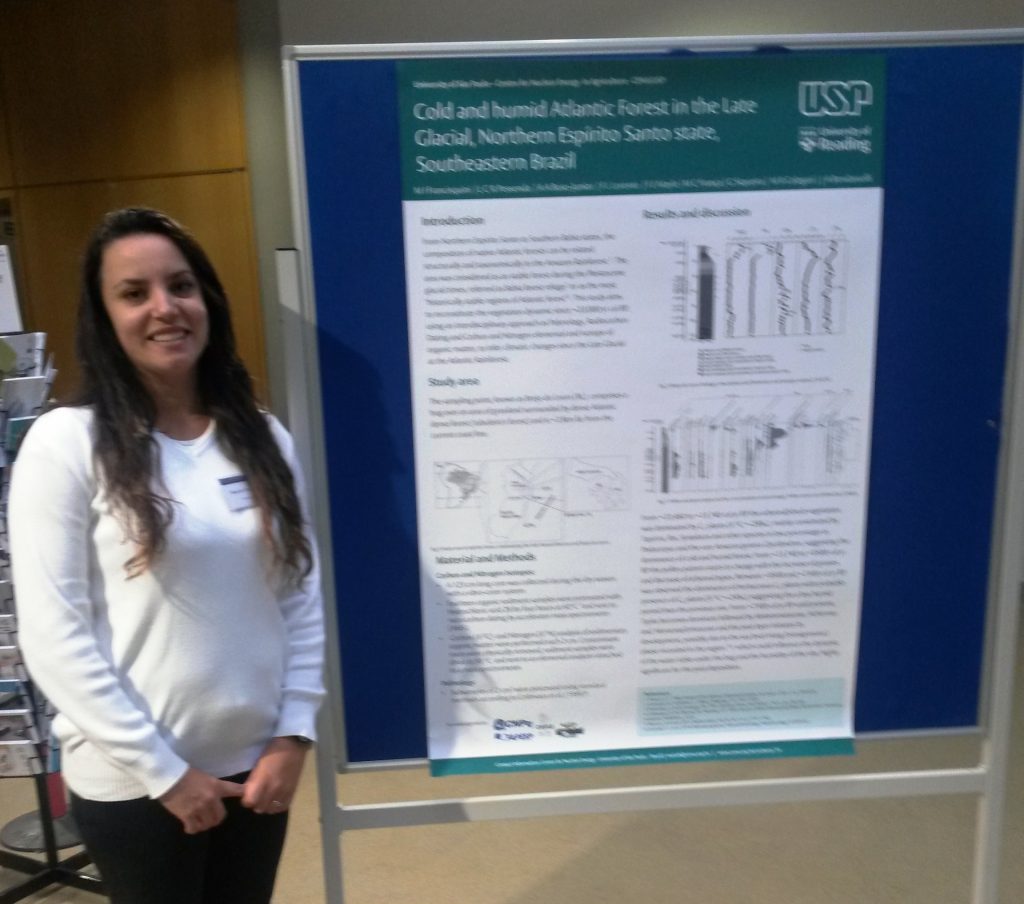The latest edition of the Past Global Changes (PAGES) Magazine was published yesterday, on the theme of ‘Sustaining Earth’s Biodiversity’, and it features three contributions from the TPRG team.
The first, by Macarena and Northumbria University’s Bronwen Whitney, looks at how palaeoecology can shed light on the legacies of pre-Columbian people in Latin America’s modern ecosystems. It highlights Maca’s research on southern Brazil’s unique and ancient Araucaria forests (which has been part of the Jê Landscapes project, and which I’m continuing for my PhD), as well as Mayan breadnut palms in central America, and the chocolate forest islands and ice-cream bean cultivation of south-western Amazonia. It’s well worth a read, as are the research papers it discusses.
Heather also has two contributions in a mini-section reflecting on the PAGES Young Scientists’ Meeting 2017, an event she’s blogged about previously here (Palaeo-science in the Pyrenees). Her first article addresses the whys and (perhaps more importantly) hows of effective communication for palaeoscientists. Her second – equally important and closely linked – discusses the challenges of communicating the societal relevance of palaeo research, especially to funders and policymakers. Communicating research and its relevance is essential, and the insights and suggestions in these articles should be helpful starting points when considering it.
If you’ve got any questions or comments about the pieces, you can get in touch with Maca and Heather on twitter: @DrMacarenaLC and @HeatherPlumpton. The whole magazine edition can be read or downloaded here.
Oli














